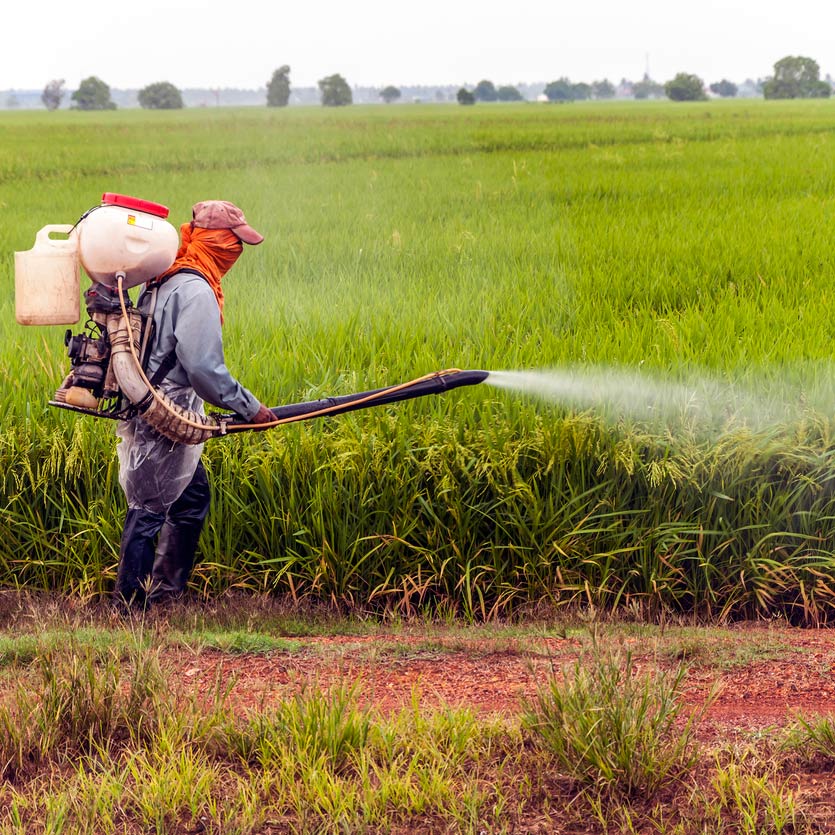A new preliminary study presented at the upcoming American Academy of Neurology’s annual meeting suggests a potential link between exposure to pesticides and herbicides and an increased risk of developing Parkinson’s disease. According to the study findings, individuals exposed to these agricultural chemicals may face a 25% to 36% higher risk of Parkinson’s disease.
The research, led by Brittany Krzyzanowski from the Barrow Neurological Institute in Phoenix, utilized innovative methods to identify regions in the United States where the association between pesticide/herbicide exposure and Parkinson’s disease risk was most pronounced. The study highlighted the Rocky Mountains and Great Plains region as particularly vulnerable, with a stronger correlation observed in states like Colorado, Idaho, Kansas, Montana, Nebraska, Nevada, New Mexico, North Dakota, Oklahoma, South Dakota, Texas, Utah, and Wyoming.
Parkinson’s disease is a debilitating neurodegenerative disorder characterized by the progressive loss of motor function. Patients with Parkinson’s often experience tremors, stiffness in the limbs, and difficulties with balance and coordination.
The study analyzed Medicare records of 21.5 million individuals enrolled in 2009 to assess the prevalence of Parkinson’s disease across different geographic regions of the country. By pinpointing areas with a higher incidence of Parkinson’s disease and correlating them with pesticide and herbicide usage, researchers aimed to shed light on potential environmental factors contributing to the development of the condition.
The findings underscore the importance of further investigating the impact of agricultural chemicals on public health, particularly in regions where pesticide and herbicide usage is prevalent. As researchers continue to explore the complex relationship between environmental exposures and neurological diseases, efforts to minimize exposure to potentially harmful substances may help mitigate the risk of Parkinson’s disease and other related conditions.
While more research is needed to fully understand the mechanisms underlying the observed association, the study highlights the potential health risks associated with pesticide and herbicide exposure and emphasizes the importance of adopting preventive measures to safeguard public health.
